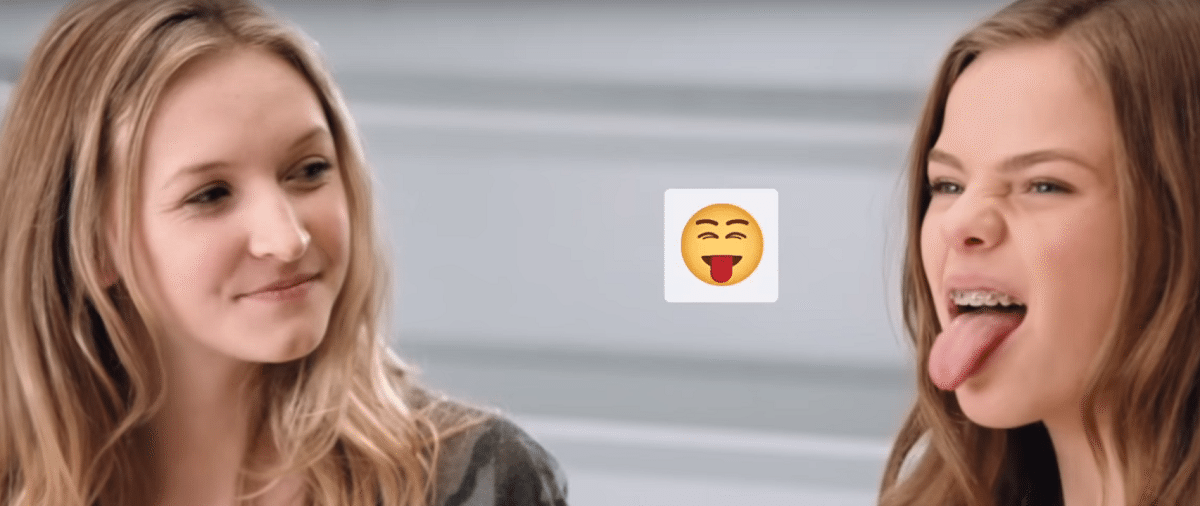by Dannely Flores-Kramer, Erin Clark & Gabriela Gonzalez
Planning Department
At Dieste, we pride ourselves in developing communication from data-driven insights; understanding consumers and their environment is the mere foundation to overcome business challenges. One thing we learned – or at least we got reassurance– at Iconosphere 2016 is that our ever-changing consumer will continue to be that, an ever-changing consumer. Whether it’s a millennial parent, a gen Z girl, or a tech-savvy boomer, consumers will continue to evolve and for that, brands will have to adjust as well.
Here’s what to watch out for marketers:
1. Disruption
An effective way to create disruptive messages is to “graze ideas from the cultural landscape.” – Simon Doonan, keynote & famous window dresser.
It’s no surprise that as marketers, we now operate in an age with more touch points and shorter attention spans (more on that below). So, how do we break through all the clutter? According to Iconoculture, it takes a disruptive strategy to create high performing campaigns. Brands can no longer sit back and watch from the sidelines, they need to identify a shared value with their target customers, then challenge the cultural norms in a way that can advance the societal debate, like Cheerio’s #HowToDad and Always’ “Like A Girl” campaigns.
2. Speaking of the Super Bowl
If you’re like us, you watch the Big Game more for the ads than for the football. It’s now common for these “armchair marketers” to “shush” everyone so they can watch the ads and then critique them. This activity now stretches beyond the Super Bowl, as everyday consumers pick apart ads as though they are a strategic planner, creative director or marketing exec all from the comfort of their sofa. The challenge with this is that many messages now get lost in the “culture of criticism.” Brands must be prepared to proactively manage the message by planning ahead for all types of conversations that may ensue.
3. Got 8 Seconds To Spare?
Attention Span: Since the mobile revolution began, the average attention span has reached a new low of 8 seconds (enough to win a bull-riding rodeo, too little for almost everything else), while the number of messages we are exposed to have reached 9,000+ per day. Brands need to develop content that engages beyond the 8 sec mark. Recalibrate your strategy and consumer audience.
4. Authenticity Is Now Less About Vintage
It’s more about honesty and genuineness, less about the old and nostalgic. Authenticity is now becoming a term that communicates a purpose, a story, something that provides an experience, a sense of place, or expertise. And according to Iconoculture, 70% of consumers said that “being genuine and authentic is extremely important.” Used wisely, brands can actually create movements and long-term relationship with consumers like Warby Parker. There’s a purpose, you know that when you buy a pair of glasses, another pair is being donated to a person in need. Loyalty and authenticity go hand to hand, and as marketers we cannot afford to ignore it.
5. Let’s Give Millennials A Break
Not only are they transitioning to adulthood, but they also have to do it at the same time as caring for their parents. 50% of Millennial are already caregivers due to their parents living longer, developing illnesses that require care or not having the financial means to support themselves. On average they are 27-years-old, with a household income of $42K and spend 22 hrs/wk engaged on caregiving activities according to Iconosphere. Latinos are more likely to feel it is their duty and obligation to help and take care of their parents. Brands that can identify unique opportunity to help put this caregiver generation will be win the hearts and minds of this audience, like the initiative Society of Grownups by Mass Mutual.
6. There Is No One Thing That Makes Kids Cool Today
Gen Z has multiple and fluid identities which in turn softened and expanded the harsh concept of being cool vs. not. What’s the difference between Gen Z and Millennial? We’ve learned that if said in a motto, Millennials would be “free to be” (driven by key values such as authenticity, freedom and individualism), while for Gen Z, their life motto would be more like “Acceptance” (key drivers are equality, diversity and inclusion) as they pursue a world where others have the right to express themselves. A good representation of Gen Z’s values is Jaden Smith’s attitude or his now emblematic tweet. Smith’s fluid identity has already landed him a deal with Louis Vuitton.
At Dieste we keep a close eye on consumer trends to provide our clients with a multicultural solution based on real opportunities. Be sure to subscribe to Provoke Weekly to find out more.
![]()








